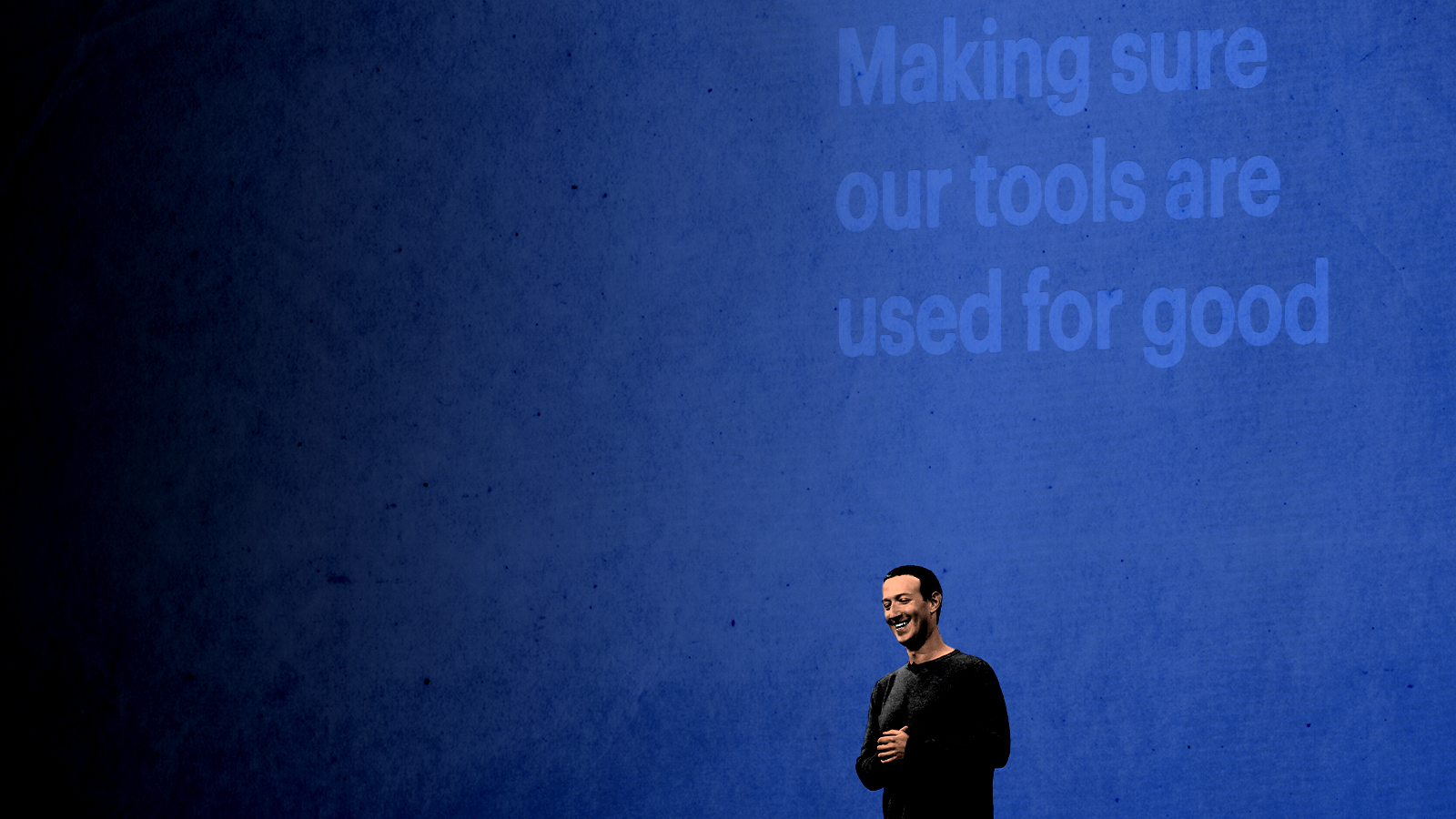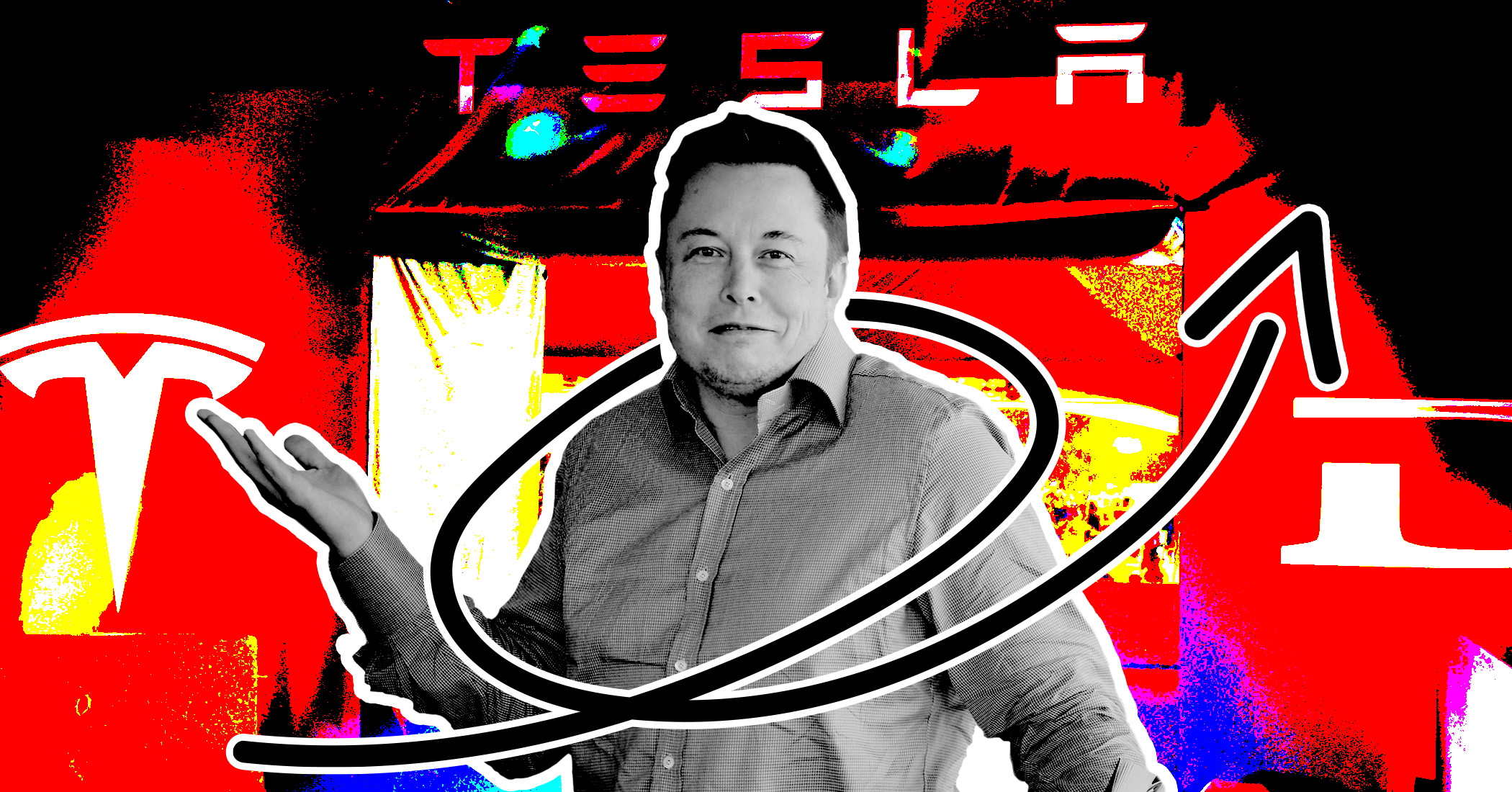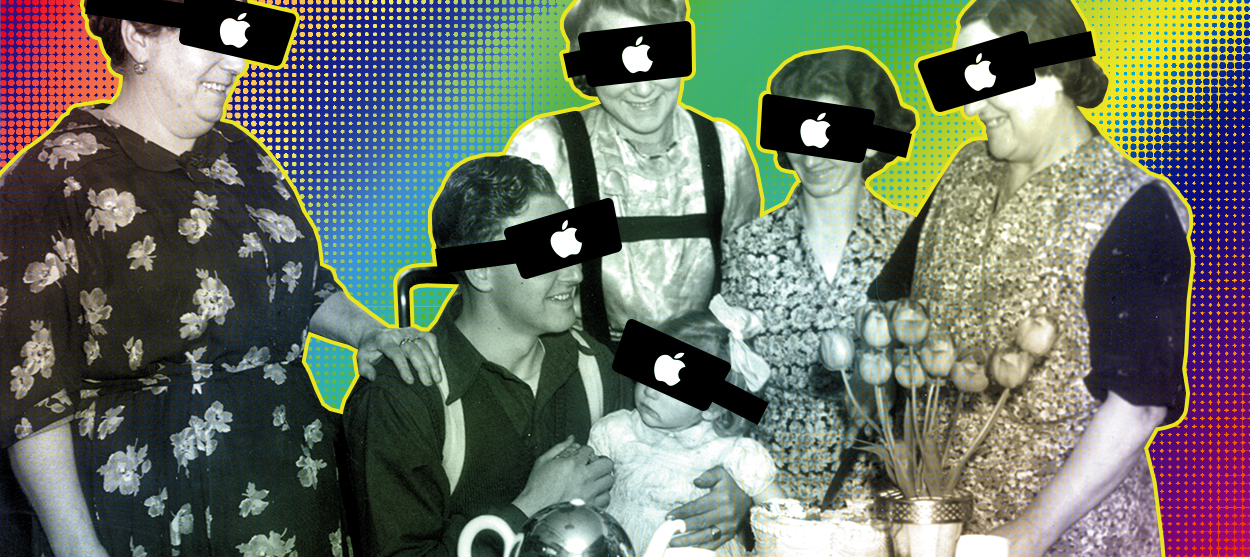Wall Street's Netflix freakout, explained
Here's why the market flipped out over Netflix's small miss


Netflix's second quarter numbers came out this week, and Wall Street was not pleased. Shares dropped 14 percent, wiping out $25 billion in market value at a stroke.
Yet you'd have to squint at Netflix's report to see anything wrong.
Its revenue fell short of its forecast, but only barely: $3.9 billion versus an expected $3.934 billion. Profits were 85 cents a share, which beat the expected 79 cents a share. And both numbers increased substantially compared to the same period last year.
The Week
Escape your echo chamber. Get the facts behind the news, plus analysis from multiple perspectives.

Sign up for The Week's Free Newsletters
From our morning news briefing to a weekly Good News Newsletter, get the best of The Week delivered directly to your inbox.
From our morning news briefing to a weekly Good News Newsletter, get the best of The Week delivered directly to your inbox.
What everyone focused on was Netflix's user numbers. It expected to add 1.2 million new U.S. subscribers and 5 million new international subscribers. But the company only pulled in 674,000 and 4.5 million, respectively. But with 130 million subscribers globally, even that shortfall is small potatoes.
To understand why Wall Street panicked nonetheless, you have to understand the unique high wire act Netflix is attempting.
You probably don't need to be reminded that Netflix is not like the media companies that came before it — or that Netflix is leading the charge to decimate traditional cable television bundles. But it's worth reviewing precisely why that matters.
Even with a bundled cable service with tons of channels, each traditional network only has so many time slots in the day. That puts a ceiling on how much content they can provide and means networks are competing with each other over relative slices of viewership. The viewers themselves can also switch easily and instantaneously between different networks' offerings. At the same time, the bundles also provide the networks a guaranteed distribution and a certain minimum revenue.
A free daily email with the biggest news stories of the day – and the best features from TheWeek.com
But a service like Netflix offers content whenever viewers want it. There's no intrinsic ceiling on how much content Netflix can or should produce. It's also a more self-contained service: To switch between Netflix and one of its competitors, you'd have to pay for both services separately and master two different app platforms. The safety cushions of bundled cable TV aren't there, but neither are the limitations.
Matthew Ball, a former strategy head for Amazon Studios, wrote that these differences have two big consequences for Netflix and Netflix-like services.
First, a positive feedback loop can set in. As long as new content keeps bringing in new viewers, and the returns on that content keep making sense on a cost-per-unit basis, you can just keep producing new shows and movies; the sky's the limit. Second, the incentives are inherently monopolistic: Since services like Netflix aren't bundled and are harder to switch between, each service benefits from becoming a viewer's one-stop shop. And once enough subscribers have crossed that threshold, the service can also start raising prices, as there's nowhere else to go for the same content. "Netflix's goal is to have more subscribers than any other video service in the world, and to be the primary source of video content for each of these subscribers," Ball wrote. "The company doesn't want to be a leader in video, or even the leader in video — it wants to monopolize the consumption of video; to become TV."
Hence Netflix's mad binge on content: 700 original shows and movies for 2018.
Other companies see the writing on the wall. Amazon and Hulu are both obviously moving towards Netflix's service-and-content model. AT&T recently bought Time Warner to create the same combo. And Disney just bought Fox to augment its content for an upcoming streaming service.
But they're also behind the curve in terms of content offerings and production ambitions. Netflix is basically playing for all the marbles here. Even AT&T's content head recently acknowledged that the winner of the content wars won't have 130 million subscribers, but 300 or 400 million.
That's also the danger.
Ball estimates Netflix will need to leap from 130 million subscribers to at least 250 million for its business model to be viable over the long haul. Between the company's potential audiences here in the states and overseas, Ball thinks that's certainly doable.
But it's also very risky: Over the past five years, Netflix's subscribers and revenues have grown an average of 29 percent and 35 percent, respectively. Spending on content has grown 39 percent. The company will likely fork over at least $8 billion this year on content — an annual number that could soon grow to $12 billion. The enormous cash burn has already resulted in a $1.8 billion loss for 2017. Netflix's CEO, Reed Hastings, freely admits the company will remain in negative territory for several years.
On top of the cash burn, there are bigger strategic questions: Can Netflix move into offering live sports or news? What about cloud-based video games or interactive entertainment? The latter two would flow more smoothly from the infrastructure Netflix has already built. But all of them are huge markets.
Meanwhile, investors are betting big on Netflix's long-game: Even after Monday's drop, the price-to-earnings ratio of Netflix shares was 107. That's way higher than much of the tech sector, never mind most companies in general. For those shareholders, subscriber growth is everything. Which brings us back to why Wall Street had a panic attack over a significant-but-not-insane miss in Netflix's growth projections for one quarter.
It's not the first time Netflix has missed a projection for subscriber growth in a quarter, and it's always gotten back on track. The company itself is being nonchalant, blaming this latest surprise on problems with its internal forecasting operations, as opposed to any problem in the underlying business model. "We've seen this movie of [second quarter] shortfall before, about two years ago in 2016, and we never did find the explanation to that, other than there is some bumpiness in the business, and continued to perform after that," Hastings told an earnings call.
"Fundamentals have never been stronger," he added. "Our viewing is setting year-over-year records. We're feeling very strong."
Netflix's stock recovered somewhat after the Monday plunge. But it was still trading 6 percent lower as of Tuesday afternoon, and trending downward.
That's the thing with high wire acts: Even the best performer is going to wobble occasionally. And after most wobbles, they'll likely regain their footing and finish off the routine in style.
But every wobble is still going to make the audience gasp and stand up in their seat.
Jeff Spross was the economics and business correspondent at TheWeek.com. He was previously a reporter at ThinkProgress.
-
 How do you solve a problem like Facebook?
How do you solve a problem like Facebook?The Explainer The social media giant is under intense scrutiny. But can it be reined in?
-
 Microsoft's big bid for Gen Z
Microsoft's big bid for Gen ZThe Explainer Why the software giant wants to buy TikTok
-
 Apple is about to start making laptops a lot more like phones
Apple is about to start making laptops a lot more like phonesThe Explainer A whole new era in the world of Mac
-
Why are calendar apps so awful?
The Explainer Honestly it's a wonder we manage to schedule anything at all
-
 Tesla's stock price has skyrocketed. Is there a catch?
Tesla's stock price has skyrocketed. Is there a catch?The Explainer The oddball story behind the electric car company's rapid turnaround
-
 How robocalls became America's most prevalent crime
How robocalls became America's most prevalent crimeThe Explainer Today, half of all phone calls are automated scams. Here's everything you need to know.
-
 Google's uncertain future
Google's uncertain futureThe Explainer As Larry Page and Sergey Brin officially step down, the company is at a crossroads
-
 Can Apple make VR mainstream?
Can Apple make VR mainstream?The Explainer What to think of the company's foray into augmented reality



